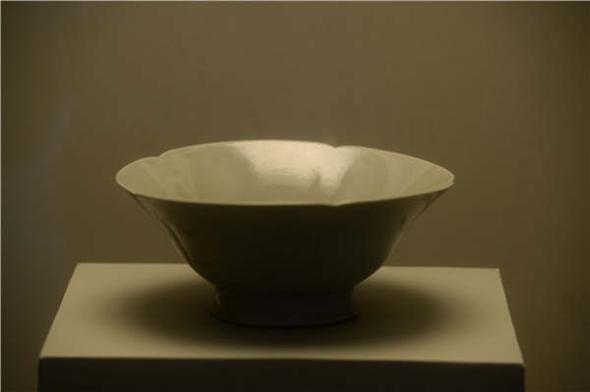
(Photo provided to China Daily)
One of China's top porcelain experts, Geng Baochang, 95, who visited the exhibition, says that the production of mise porcelain was discontinued in the late Northern Song period, and the technique was eventually forgotten.
The last known mise porcelain production was in 1068, according to records of royal tributes.
"Mise porcelain is one of the biggest mysteries in Chinese ceramic history," he says.
"So, it's a major breakthrough to know the whereabouts of the kilns."
Also, compared with other porcelain types, which were exported to Europe, Yue Kiln items are not common.
But, archaeologists have discovered items in the Middle East, South Asia, and Southeast Asia. In a related development, in 2016, the Shanglinhu kilns were nominated as a potential UNESCO World Heritage site.
Describing mise porcelain from the Yue Kiln, Jessica Rawson, a professor of Chinese art and archaeology at Oxford University, who visited the exhibition, says: "It has many qualities of jade, with beautiful surfaces and subtle colors."
She also says that it played an important role in daily use in spite of its high value, adding: "I don't think it would be fully understood in Europe, because most Europeans bought garish porcelain-white and red.
"Chinese tastes were different from Europe."
If you go
8:30 am-5 pm, through July 2, closed on Mondays; 4 Jingshan Qianjie, Dongcheng district, Beijing. The exhibition is at Palace Museum's Hall of Abstinence (Zhai Gong) in the eastern wing of the museum. No extra charge.


















































